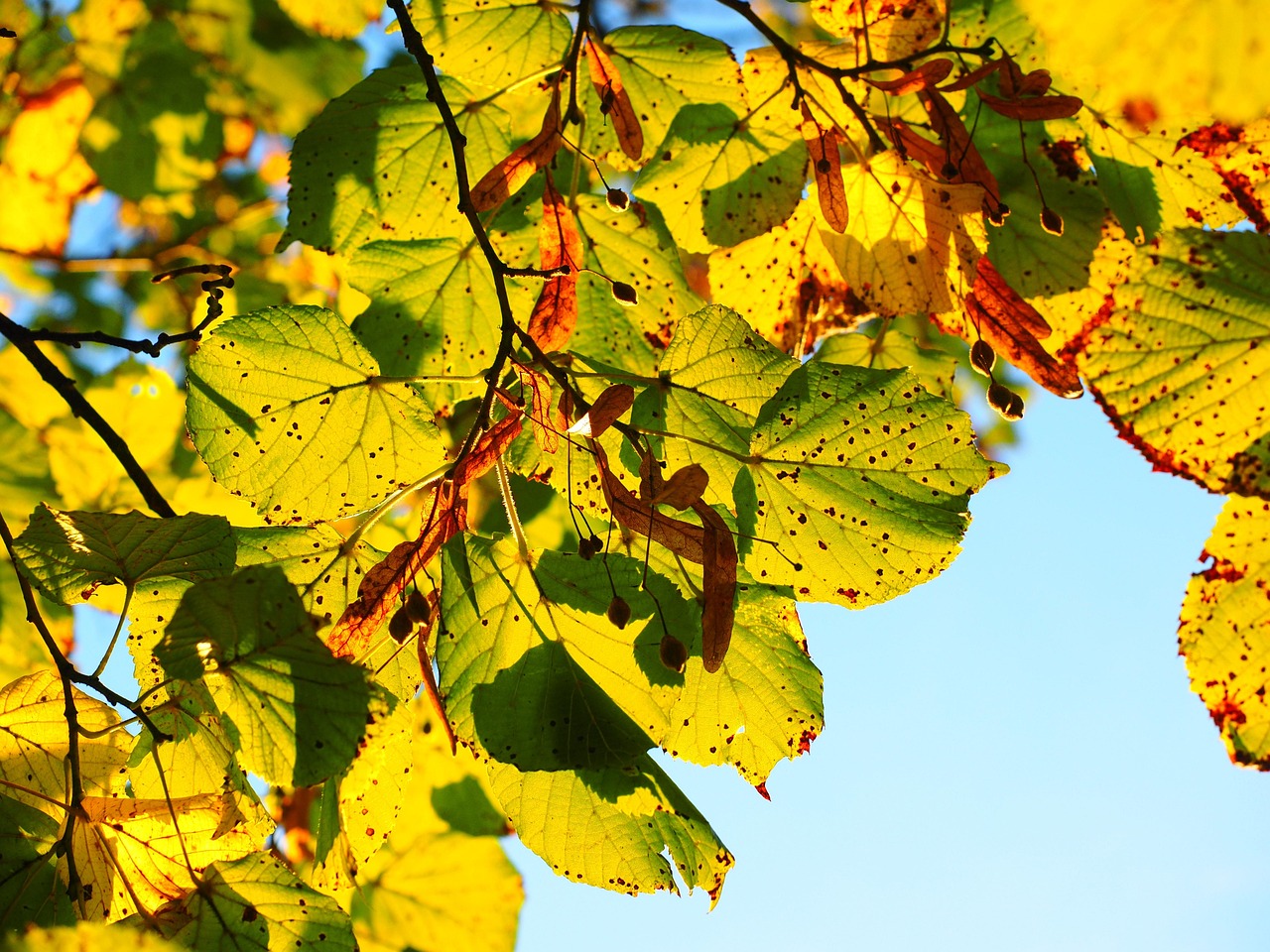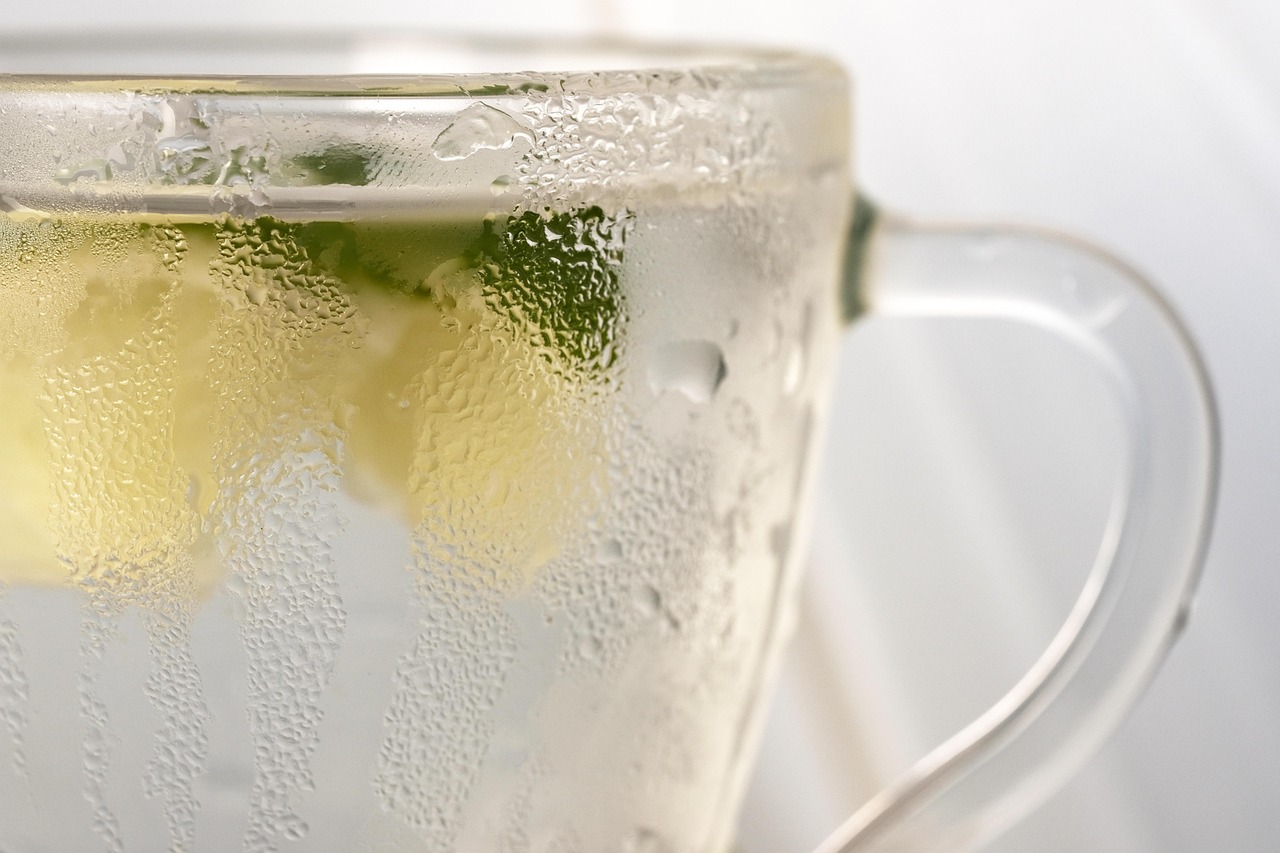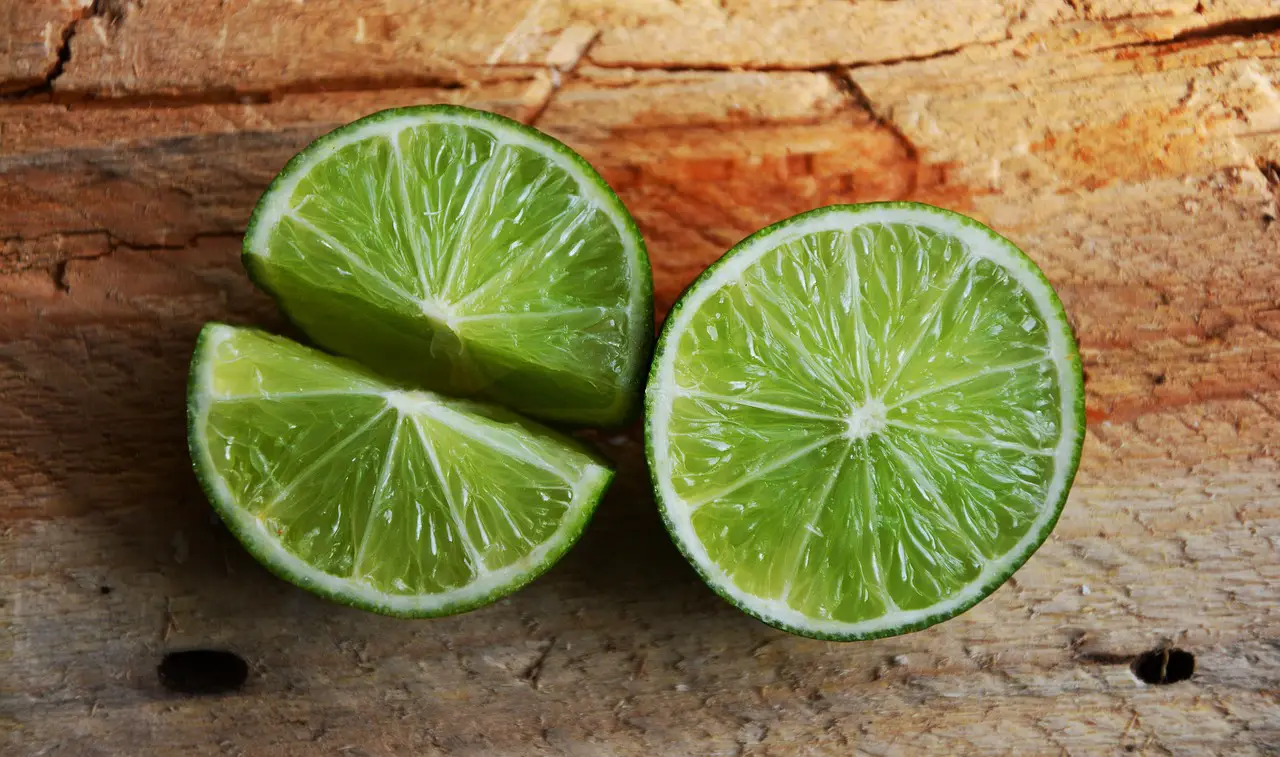Lime trees typically have a growth rate of about 12 to 24 inches per year under optimal conditions. Factors such as soil quality, water availability, and climate significantly influence this rate.
Lime Tree Growth Rate in Citrus Garden Plantings
Lime trees are a popular choice among gardeners and commercial growers for their aromatic fruit and vibrant foliage. Understanding the growth rate of lime trees is crucial for anyone looking to cultivate these citrus plants effectively. Lime trees can thrive in a variety of conditions, but their growth rate can vary significantly based on several environmental factors. To establish a successful citrus garden, it is essential to consider these variables and their impact on lime tree growth.

The growth rate of lime trees can be influenced by many factors, including soil type, climate, water availability, and care practices. For instance, lime trees prefer well-drained soil that is rich in organic matter. This type of soil not only provides essential nutrients but also promotes healthy root development. In contrast, poorly drained or compacted soil can hinder growth and lead to diseases.
Climate also plays a vital role in the growth rate of lime trees. These trees thrive in warm climates, ideally between 70°F to 100°F. When temperatures drop below 50°F, lime trees may experience stress, which can slow their growth. Additionally, consistent rainfall or irrigation is necessary to ensure that the trees receive adequate moisture without becoming waterlogged.
When planting lime trees in a citrus garden, it is beneficial to understand their growth stages. The following table outlines the typical growth stages of lime trees from planting to maturity:

| Growth Stage | Time Frame | Description |
|---|---|---|
| Seedling | 0-6 months | Initial growth stage where the seed germinates and develops roots. |
| Juvenile | 6 months – 3 years | The tree begins to grow taller and develop branches. |
| Transitional | 3-5 years | The tree matures, increases fruit production, and develops a full canopy. |
| Mature | 5+ years | The tree produces a consistent yield of limes annually. |
During the juvenile stage, lime trees are particularly sensitive to environmental stressors. Proper watering, fertilization, and pruning practices are vital during this period to ensure strong growth. Fertilizers rich in nitrogen support leaf development, while potassium promotes fruit quality. Regular monitoring for pests and diseases is also essential to maintain the health of young lime trees.
As lime trees transition into maturity, their growth rate may stabilize or slow down. However, an established tree can still produce fruit for many years with proper care. Mature lime trees can yield anywhere from 100 to 300 fruits annually, depending on the variety and growing conditions. This productivity often makes the effort put into their cultivation worthwhile for both home gardeners and commercial growers.
In addition to understanding growth rates, gardeners should also be aware of the different varieties of lime trees available. Some popular types include the Persian lime, Key lime, and Kaffir lime. Each variety has unique characteristics that may affect its growth rate and suitability for specific climates and soil types.

In conclusion, the growth rate of lime trees is an essential aspect to consider when planning a citrus garden. By understanding the various factors that influence this rate, gardeners can create optimal conditions that encourage healthy growth and abundant fruit production.
Factors Influencing Lime Tree Growth Rate
The growth rate of lime trees is not solely dependent on their variety. Several external factors play a significant role in determining how fast and healthy these trees grow. Understanding these factors can help gardeners optimize their planting strategies for better results. Below are the key elements that influence the growth rate of lime trees.
Soil Quality
Soil quality is fundamental to the health of lime trees. The right soil supports strong root development, which is crucial for nutrient uptake and overall growth. Lime trees prefer:

- Well-drained soil: Lime trees do not thrive in waterlogged conditions, which can lead to root rot.
- Loamy soil: A mix of sand, silt, and clay offers the best drainage and nutrient retention.
- Organic matter: Incorporating compost or well-rotted manure can enhance soil fertility.
Conducting a soil test before planting can help determine pH levels and nutrient content. Lime trees typically prefer a soil pH between 6.0 and 7.5.
Watering Practices
Watering plays a crucial role in the growth and health of lime trees. While they require consistent moisture, overwatering can be detrimental. Here are some guidelines for effective watering:
- Frequency: Water young lime trees once a week during dry spells. Mature trees may need less frequent watering, approximately every two weeks.
- Deep watering: Ensure that water penetrates the root zone to encourage deep root growth.
- Avoid standing water: Ensure proper drainage to prevent root diseases.
Using mulch around the base of the tree can help retain soil moisture while also suppressing weeds.
Climate Conditions
The climate in which lime trees are grown greatly affects their growth rate. Here are important climate considerations:
- Temperature: Lime trees thrive in warm climates with temperatures ranging from 70°F to 100°F. Gardeners in cooler regions should consider planting them in greenhouses or pots for mobility.
- Frost sensitivity: Lime trees are sensitive to frost; temperatures below 30°F can damage young leaves and fruit.
- Humidity: Moderate humidity levels are ideal. However, excessive humidity can lead to fungal diseases.
Nutrient Requirements
Nutrients are essential for the healthy growth of lime trees. A well-balanced fertilization program can significantly boost growth rates. Key nutrients include:
- Nitrogen: Promotes leaf growth and overall vigor.
- Phosphorus: Supports root development and flowering.
- Potassium: Enhances fruit quality and disease resistance.
Fertilizing should be done during the growing season, typically from spring to early summer. Using a slow-release fertilizer can provide a steady supply of nutrients without the risk of over-fertilization.
Pest and Disease Management
Pests and diseases can significantly hinder the growth rate of lime trees. Regular monitoring and proactive management are essential for maintaining tree health. Common pests include aphids, spider mites, and citrus leaf miners. Here are some management strategies:
- Regular inspections: Check the leaves and branches for signs of pests or disease.
- Natural predators: Encourage beneficial insects like ladybugs to control pest populations.
- Pesticides: Use organic or chemical pesticides as a last resort, following label instructions carefully.
Diseases such as root rot and citrus greening can also affect growth rates. Proper watering practices, soil quality, and disease-resistant varieties can help mitigate these issues.
Pruning Techniques
Pruning is an important practice for promoting healthy growth in lime trees. It encourages better air circulation and light penetration within the canopy, which can enhance growth rates. Effective pruning techniques include:
- Remove dead or diseased branches: This helps prevent the spread of disease and encourages new growth.
- Crown thinning: Reducing overcrowded branches improves air circulation and light exposure.
- Shaping the tree: Aim for an open center structure to facilitate sunlight access.
Implementing these practices will contribute to a healthier tree that grows at an optimal rate.
Optimal Conditions for Lime Tree Growth
To maximize the growth rate of lime trees, it is essential to create and maintain optimal growing conditions. By focusing on the right environmental factors, gardeners can ensure that their lime trees thrive and produce abundant fruit. Below are some key aspects to consider when cultivating lime trees in a citrus garden.
Location and Spacing
The location of lime trees within a garden can significantly impact their growth. Choosing the right spot is crucial for their development. Here are some guidelines to follow:
- Sunlight: Lime trees require full sun for at least 6 to 8 hours a day. This exposure is essential for fruit production and overall health.
- Wind protection: Planting lime trees near structures or other plants can provide necessary shelter from strong winds that may damage branches or fruit.
- Spacing: Ensure adequate spacing between trees, usually about 10 to 15 feet apart, to promote air circulation and reduce competition for nutrients.
Temperature Management
Controlling temperature can greatly influence lime tree growth. While these trees thrive in warm environments, there are strategies to manage temperature fluctuations:
- Mulching: Applying mulch around the base of the tree helps regulate soil temperature and retain moisture.
- Shade cloth: During extreme heat, using shade cloth can protect young trees from sunburn and overheating.
- Frost protection: In colder climates, consider using frost cloths or moving potted plants indoors during unexpected cold snaps.
Water Management Techniques
Water management is vital for healthy lime tree growth. Both overwatering and underwatering can lead to various issues. Here are some effective water management techniques:
Irrigation Methods
Selecting the right irrigation method can ensure that lime trees receive the appropriate amount of water. Common methods include:
- Drip irrigation: This method delivers water directly to the root zone, minimizing waste and reducing the risk of diseases associated with wet foliage.
- Soaker hoses: Similar to drip irrigation, soaker hoses allow water to seep slowly into the soil, providing consistent moisture.
- Hand watering: For small gardens, hand watering can be effective, allowing you to monitor moisture levels closely.
Watering Indicators
Understanding when to water is crucial for tree health. Here are some indicators that may signal it’s time to water your lime trees:
- Soil moisture: Stick your finger into the soil up to two inches; if it feels dry, it’s time to water.
- Leaf droop: Wilting or drooping leaves can indicate a need for water.
- Fruit drop: If young fruit is dropping prematurely, it may be due to insufficient water supply.
Pest and Disease Identification
Pests and diseases can threaten the growth and productivity of lime trees. Early identification is key to effective management. Below are common pests and diseases associated with lime trees:
Common Pests
| Pest | Description | Management Techniques |
|---|---|---|
| Aphids | Small, soft-bodied insects that suck sap from leaves. | Introduce ladybugs or use insecticidal soap. |
| Spider Mites | Tiny arachnids that create fine webs and cause leaf discoloration. | Increase humidity or use miticides as needed. |
| Citrus Leaf Miners | Larvae tunnel through leaves, causing damage and distortion. | Employ biological controls or targeted pesticides. |
Common Diseases
Citrus trees are susceptible to several diseases that can hinder growth. Some prevalent diseases include:
- Citrus Greening Disease: A bacterial disease that causes yellowing leaves and stunted growth. Regular monitoring and removal of infected trees can help prevent spread.
- Root Rot: Caused by overwatering or poor drainage. Ensure well-drained soil and adjust watering practices accordingly.
- Citrus Scab: A fungal disease that affects fruit quality. Applying fungicides at the first sign of infection can help manage this disease.
By being proactive about pest management and disease prevention, gardeners can maintain healthy lime trees that grow at optimal rates.
Maintaining Healthy Lime Trees
While understanding the growth rate of lime trees is crucial, maintaining their health throughout their lifecycle is equally important. Several ongoing practices can help ensure that lime trees remain vigorous and productive. These practices focus on nutrition, environmental management, and regular monitoring.
Regular Fertilization
As lime trees grow, their nutritional needs change. Regular fertilization is essential for providing the necessary nutrients for optimal growth. Here are some tips for effective fertilization:
- Timing: Fertilize in early spring as new growth begins and again in mid-summer.
- Type of fertilizer: Use a balanced fertilizer or one specifically formulated for citrus trees. Look for formulations that contain micronutrients like magnesium, iron, and manganese.
- Application: Follow the manufacturer’s instructions for application rates. Over-fertilizing can harm trees and reduce fruit quality.
Monitoring Growth and Health
Regular monitoring of lime trees is vital for early detection of any health issues. Gardeners should inspect their trees frequently for:
- Leaf Color: Healthy lime leaves should be vibrant green. Yellowing leaves may indicate nutrient deficiencies or water stress.
- Fruit Development: Monitor fruit size and color as the harvest approaches. Any abnormalities should prompt further investigation.
- Overall Tree Structure: Check for signs of stress, such as wilting or broken branches, which could indicate environmental issues.
Seasonal Care
Caring for lime trees requires attention to seasonal changes. Different seasons demand different care practices:
- Spring: Focus on fertilization, pruning, and pest management as growth resumes.
- Summer: Monitor watering needs closely due to increased evaporation rates. Keep an eye out for pests.
- Fall: Prepare trees for cooler temperatures by reducing watering and checking for late-season pests.
- Winter: Protect young trees from frost and cold temperatures. Consider using protective coverings during severe weather.
Final Thoughts
The growth rate of lime trees in citrus garden plantings is influenced by various factors, including soil quality, climate, watering practices, and pest management. By understanding these elements, gardeners can create optimal conditions that foster healthy growth and fruit production.
Key takeaways include the importance of proper soil drainage, consistent watering without overwatering, and regular fertilization tailored to the trees’ growth stages. Additionally, proactive pest and disease management will help ensure that lime trees remain healthy and productive throughout their lives.
Cultivating lime trees can be a rewarding experience, yielding not only delicious fruit but also the joy of nurturing a living plant. With the right knowledge and practices in place, anyone can successfully grow lime trees and enjoy the benefits they bring to their gardens.
In conclusion, whether you are a seasoned gardener or a beginner, understanding the growth rate and care requirements of lime trees is fundamental to successful citrus gardening. This knowledge empowers you to make informed decisions that will lead to thriving lime trees and fruitful harvests for years to come.
